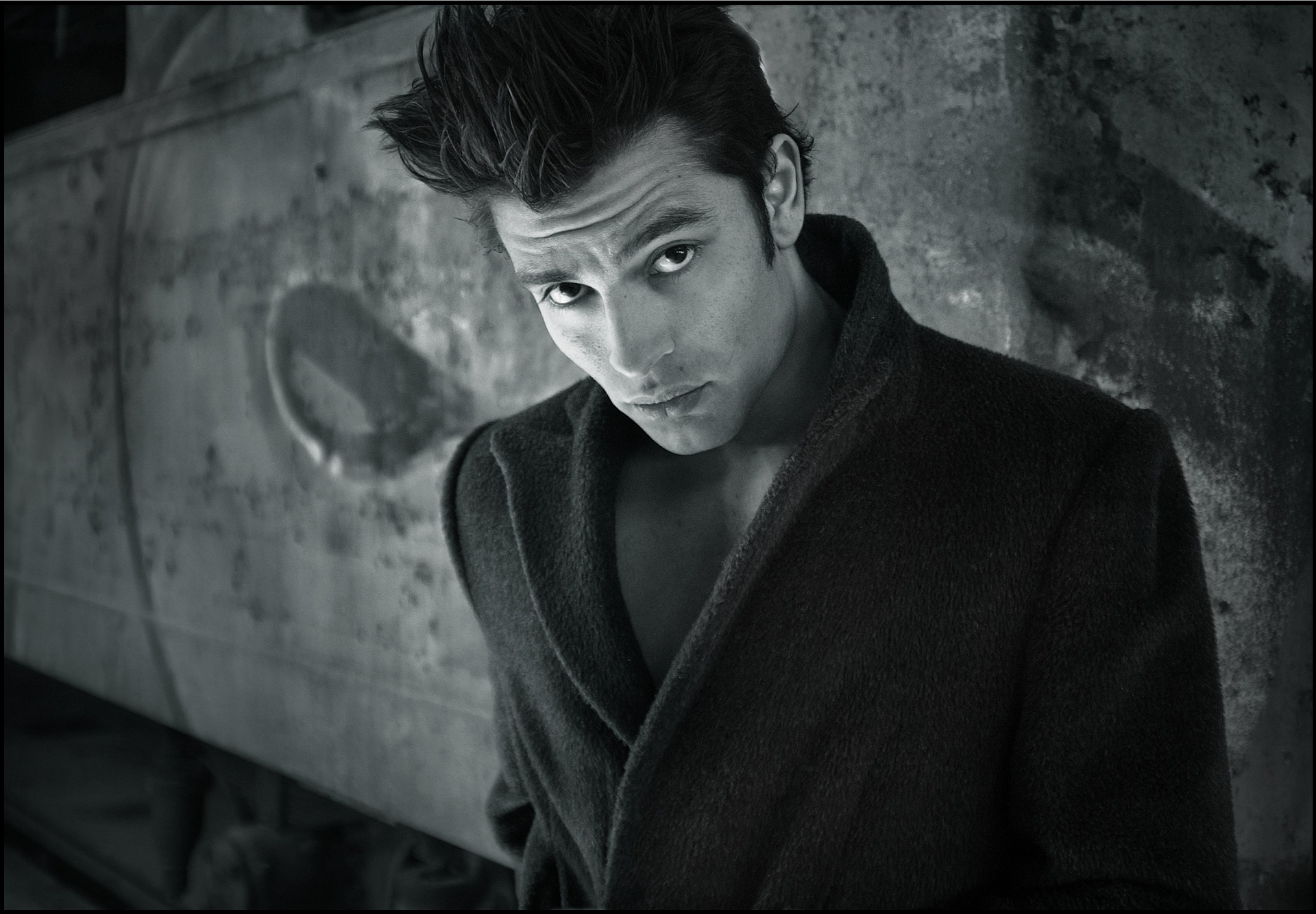The Art and Science of Cosmetics: An Exploration of Beauty Enhancements
In the world of beauty, nothing holds quite as much power and allure as the application of cosmetics. The artistry and science behind these products, from the humble lipstick to the complex anti-aging serum, have the power to transform appearances, express individuality and even boost self-esteem. Yet, the history, evolution, and significance of cosmetics are often overlooked in our day-to-day interactions with these products. In this article, we delve into the fascinating world of cosmetics, exploring their roots, their impact on society, and the scientific developments that have driven their growth over the centuries.
Painting Faces Through History: The Origins of Cosmetics
Cosmetics have been a part of human culture for thousands of years. The ancient Egyptians, widely recognized for their beauty rituals, used kohl to accentuate their eyes and henna to color their nails and hair. In ancient Rome and Greece, women used crushed berries and beetles to color their lips and cheeks, while pale skin, often achieved with the help of white lead and chalk, was seen as a sign of nobility and wealth.
In the Far East, particularly in China and Japan, cosmetics were also used extensively. Women painted their faces with white rice powder, used rouge for their cheeks, and darkened their eyebrows. In fact, the Geisha’s iconic white face makeup originated from this ancient tradition.
By the 19th century, cosmetics had become more commonplace in Western societies, but their use was still often associated with vanity and immorality. It wasn’t until the early 20th century, with the advent of mass-produced beauty products and the rise of Hollywood, that cosmetics really began to gain widespread acceptance.
The Beauty Industry Boom: From Vanity to Empowerment
The 20th century marked a dramatic shift in the perception and use of cosmetics. Hollywood stars like Max Factor and Elizabeth Arden became beauty icons, and their looks were widely emulated by women around the world. Cosmetics were no longer seen as tools of vanity, but as a means of self-expression and empowerment.
The second half of the 20th century saw the emergence of the multi-billion dollar beauty industry we know today. Companies like Estée Lauder, L’Oréal, and Revlon began to dominate the market, offering a wide range of products to suit different skin types, preferences, and budgets. The rise of the beauty industry also led to significant advancements in cosmetic science and technology, resulting in more effective and safer products.
The Science Behind the Beauty: Innovations in Cosmetic Formulation
The development and formulation of cosmetics have evolved significantly over the years, thanks to advancements in chemical and biological sciences. Today’s cosmetics are the result of rigorous scientific research and testing. Ingredients are carefully selected and combined to achieve the desired effects, whether it’s to moisturize the skin, enhance the complexion, or reduce signs of aging.
In recent years, there has been a growing focus on the development of ‘cosmeceuticals’ - products that not only enhance beauty but also have a therapeutic effect. These products are formulated with active ingredients like retinol, hyaluronic acid, and peptides, which can help to improve skin health and address specific concerns like wrinkles, acne, and hyperpigmentation.
The Impact of Cosmetics on Society and Culture
Beyond their practical uses, cosmetics have also played a significant role in shaping societal norms and cultural perceptions of beauty. They have been used as tools of self-expression, as symbols of status and wealth, and as a means of conforming to (or rebelling against) societal expectations.
In recent years, the beauty industry has come under scrutiny for its role in promoting unrealistic beauty standards, particularly through the use of photo editing and retouching in advertising. This has led to a push for more diversity and inclusivity in the industry, with many brands now offering a wider range of shades to cater to all skin tones and promoting a more natural and realistic portrayal of beauty.
The Future of Cosmetics: Trends and Innovations
Looking ahead, the cosmetics industry continues to evolve and innovate. Sustainability is a major focus, with many brands moving towards eco-friendly packaging and formulating products with natural and organic ingredients. The rise of personalized beauty is another key trend, with brands offering products tailored to individual skin types, concerns and preferences.
Advancements in technology are also driving innovation in the industry. For example, augmented reality (AR) is being used to allow customers to virtually ‘try on’ makeup, while artificial intelligence (AI) is being used to develop personalized skincare recommendations.
In conclusion, cosmetics are much more than just superficial beauty enhancers. They are a reflection of our culture, our values, and our scientific advancements. As we continue to explore and innovate, the world of cosmetics promises to remain a fascinating and ever-evolving aspect of human beauty.





